Learn about the Programmable logic controllers using the free online PLC programming training course.
In this PLC course, the following lessons available:
- PLC Overview
- Input-Output Section
- Processor Unit
- Programming Devices
- Memory Organization
- Ladder Diagrams
- Number Systems
- Relay Instructions
- Basics of Programming
- Counters
- Timers
- Professionalism
Update: We moved the course files from instrumentation tools to Automation Community.
PLC Programming Course Online Free
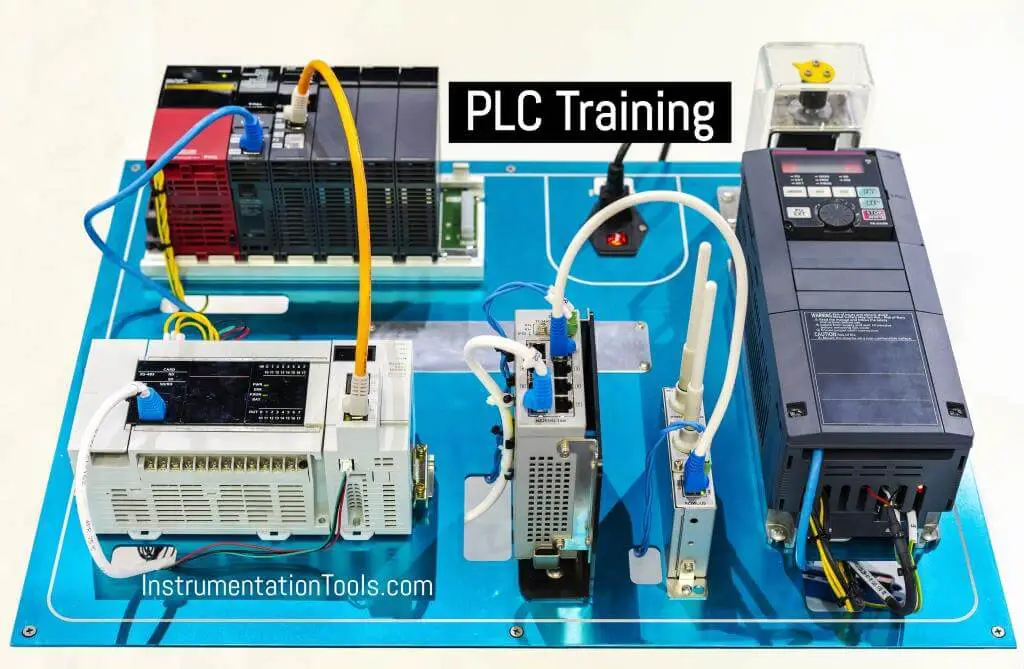
Requirements:
- Laptop or Computer
- Mobile: Not Recommended
- Good Internet Connection
Click Here for the PLC Course
PLC Overview
Provide the student with an overview of Programmable Logic Controllers.
Click on the below text to start the course module.
Learn PLC Overview
The learner will:
- Define terms commonly used with a Programmable Logical Controller
- Identify and define the four major components of the PLC.
- Explain RELAY LADDER LOGIC
- Summarize a brief history of the PLC.
- Compare the differences between a PLC and a PC
- Define the term “real world”
- Define the term “discrete”
- Explain the Advantages of utilizing a PLC.
- Explain the purpose of the power supply.
- Define the interface.
- Give a brief overview of how PLCs are networked.
- Provide examples of how the PLC is integrated into process control and automated control systems.
- Provide an overview of interfacing instrumentation with the PLC
Input-Output Section
The I/O (Input/Output) section of the PLC is the part of the unit that all external devices are connected.
The I/O section communicates between the I/O sections and the CPU to carry out programmed functions.
A typical PLC has several I/O sections that allow for a variety of functions to be controlled.
We will distinguish between the input and output sections later in this module.
Part – 1
Click on the below text to start the course module.
Learn PLC Input-Output – 1
The learner will be able to:
- Define the I/O section of the PLC
- Explain the two categories of I/O
- Define the term “chassis”
- Describe discrete I/O modules
- Explain and differentiate AC and DC discrete input modules
Part – 2
Click on the below text to start the course module.
Learn PLC Input-Output – 2
The learner will be able to:
- Explain and differentiate AC and DC discrete output modules
- Provide an overview of DC Output modules
- List attributes of other discrete modules
- Explain analog I/O modules
- Outline chassis installation considerations
Processor Unit
Provide the student with an in-depth knowledge of the functions and characteristics of a Processor Unit and the important terms associated.
Click on the below text to start the course module.
Learn PLC Processor Unit
The learner will be able to:
- Summarize what comprises the processor unit
- Explain the main function of the processor
- Define the processor “self-diagnostic” test
- Explain a typical processor scan.
- Analyze scan time
- Provide an overview of the memory section
- List considerations for using back-up batteries
- Identify various memory types
- Define and elaborate on the importance of guarding against ESD
- Given the specific situation estimate the memory size.
- Specify the need and method for memory expansions
- Diagram memory structure
Programming Devices
Explain and comprehend programming devices, advancements made over the years, and the advantages of different programming.
Click on the below text to start the course module.
Learn Programming Devices
The learner will be able to:
- Define programming device
- Compare the various programming devices available
- Recognize the advancements made in how a PLC is programmed over the years
- Spell out the advantages of programming and monitoring PLCs remotely from a centrally located PC.
Memory Organization
Provide students with an overview that helps the student understand how memory organization is used in the PLC.
Click on the below text to start the course module.
Learn PLC Memory Organization
The learner will be able to:
- Detail bits and words.
- Detail the relationship between a logical and a physical address.
- Detail the structure of a typical PLC-5 address format.
- Define the term “rack”.
Ladder Diagrams
Provide students with an overview of ladder diagrams in the PLC.
Click on the below text to start the course module.
Learn Ladder Diagrams
The learner will be able to:
- Provide an overview of wiring diagrams and ladder diagrams.
- Explain relay ladder logic.
- Construct a conversion of line diagrams to relay ladder logic.
Number Systems
Provide students with an overview of the different types of numbering systems associated with PLC’s.
Click on the below text to start the course module.
Learn Number Systems
The learner will be able to:
- Demonstrate using Decimal systems
- Demonstrate using Binary systems
- Demonstrate using Octal systems
- Demonstrate using Hexadecimal systems
- Contrast the differences from the above numbering systems in PLC programming
Relay Instructions
Provide students with an overview and comprehension of how the relay instructions are used with the PLC.
Click on the below text to start the course module.
Learn Relay Instructions
The learner will be able to:
- Construct basic PLC programming instructions
- Identify and define XIC and XIO
- Compose output instructions
- Identify and interpret Timers and Counters
- Interpret internal instructions
Basics of Programming
Provide students with an overview of how to program the PLC using the personal computer and the associated software.
Click on the below text to start the course module.
Learn the Basics of Programming
The learner will be able to:
- Identify and define PLC simulation Software
- Develop and compose PLC programs
- Download and test PLC programs
Counters
Provide the student with an overview of Counters.
Click on the below text to start the course module.
Learn PLC Counters
The learner will be able to:
- Define terms commonly used with a PLC Counter.
- Identify and define the basic PLC Counters.
- Compare the differences between an Up-Counter and Down-Counter.
- Explain the Advantages of utilizing a PLC Counter.
- Explain the purpose of a PLC Counter.
- Provide examples of how the PLC Counters are integrated into process control and automated control systems.
Timers
Provide the student with an overview of Timers.
Click on the below text to start the course module.
Learn PLC Timers
The learner will be able to:
- Define terms commonly used with a PLC Timer.
- Identify and define the basic PLC Timers.
- Compare the differences between a TON and a TOF PLC Timers.
- Explain the Advantages of utilizing a PLC Timer.
- Explain the purpose of a PLC Timer.
- Provide examples of how the PLC Timers are integrated into process control and automated control systems.
Professionalism
To provide students with an overview of professionalism in the workplace.
Click on the below text to start the course module.
Learn Professionalism
The learner will be able to:
- Demonstrate professionalism throughout this course and all courses in this program.
- Demonstrate safety and good housekeeping in a lab setting.
- Report any unsafe situations or behavior.
- Demonstrate proper use of test/calibration equipment.
- Exhibit effective oral and written communication skills along with following procedures and directions.
- Demonstrate the ability to listen and provide or receive constructive feedback.
If you liked this article, then please subscribe to our YouTube Channel for PLC and SCADA video tutorials.
You can also follow us on Facebook and Twitter to receive daily updates.
Industrial Automation Courses
- Free Siemens PLC Course
- Free Allen Bradley PLC Course
- Free InTouch SCADA Course
- Free Wincc SCADA Course
- Free Control Valves Course
- Free Instrumentation Course
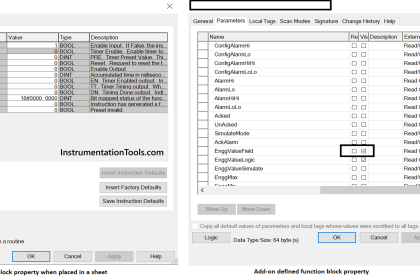
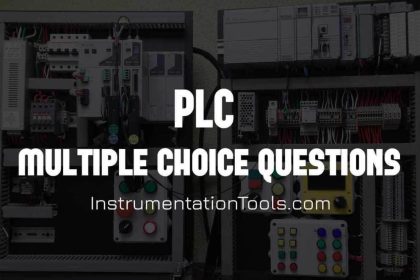
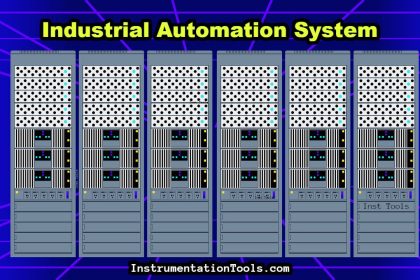
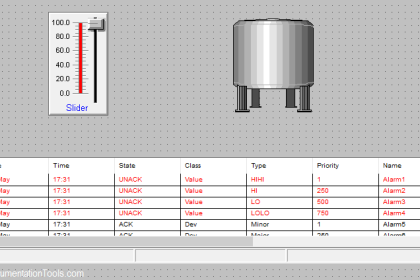
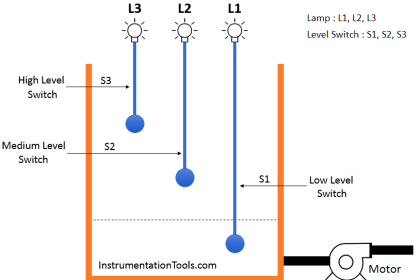


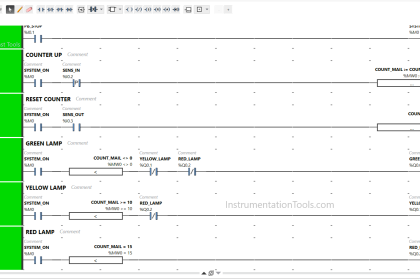

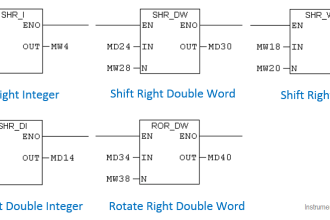
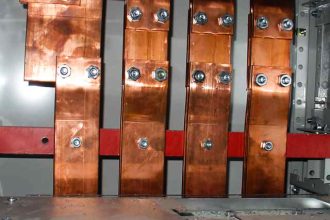
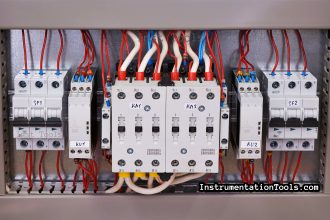
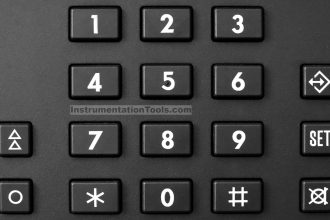
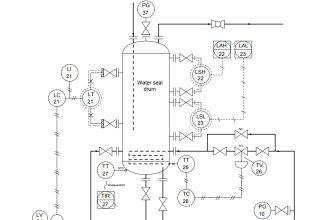
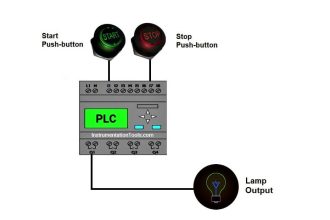


Best PLC course ever. Very good to learn the programmable logic controller basics.
Hello my name is Eric ,I am interested in taking this course. My background is Maintenance Management and right now I’m a Mechanical Engineer contractor for Apple. I am wanting to learn about PLC programing and all that this class offers. How much is the class , and do they offer Veterans discounts ?
How to join?
Update: Click on the above link to go to AutomationCommunity.com and join the free course.
How to join this course
GREAT WORK REDDY , YOU ARE GOOD
I WILL FOLLOW YOUR INSTRUCTION TO LEARN PLC
I want to training plc/ vfd programming course, online. How can do it .
Thanks sir,. You give me some idea. In
Check this link for free PLC and SCADA courses.
https://automationcommunity.com/courses
NEW TO plc PROGRAMMING
Sir
I want to get training regarding PLC Scada
Like.
Sensor
Camera
Many phone system me se ek ko pick krna etc
Agar aap ke yha ye sb training hoti hai then call.
sir will i get certificate after completion of this course
Yes, if you do the course from our PLC and SCADA courses website AutomationCommunity.com
https://automationcommunity.com/courses/
It’s very useful, and great, for learning